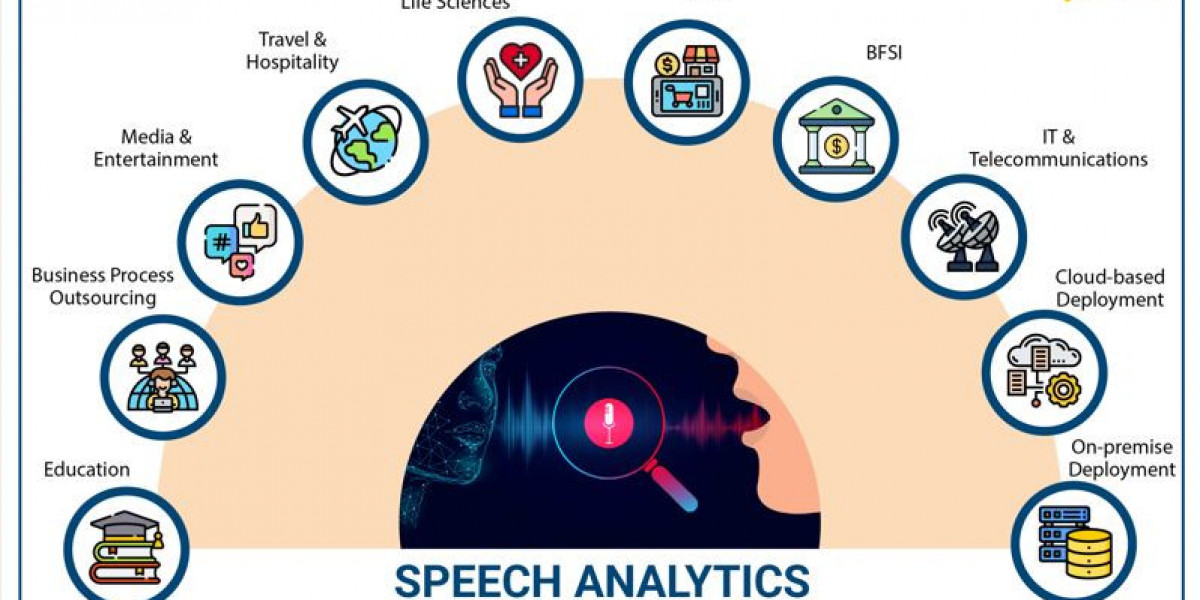Clinical Lab Automation Market Opportunities
Use of Clinical Lab Automation in Emerging Economies
Emerging economies are increasingly adopting automated instruments in clinical laboratories and hospitals, even with limited resources and funding. In 2021, the Ministry of Health & Family Welfare in India reported 19,33,381 tuberculosis patients, up from 16,28,161 in 2020. Innovations such as the MyLab Compact device by MyLab Discovery Solutions Pvt Ltd. allow for fully automated TB detection within two hours, enhancing diagnostic capabilities. Such advancements in developing regions create significant opportunities for the growth of clinical lab automation instruments and services.
Clinical Lab Automation Market Analysis: Key Findings
By Product: Systems Segment to Dominate
The clinical lab automation market is segmented into systems and clinical lab automation software. The systems segment is expected to dominate in 2024, accounting for 84.3% of the market share. This dominance is due to the benefits of automation systems, which streamline procedures, reduce manual intervention, and enhance laboratory efficiency. Automated systems mitigate repetitive tasks and errors, leading to increased throughput and improved test result quality.
By End User: Hospital Laboratories Segment to Lead
End users of clinical lab automation include hospital laboratories, diagnostic laboratories, and other end users. The hospital laboratories segment is expected to hold the largest market share of 49.6% in 2024. Automation in hospital laboratories minimizes human intervention, improves diagnostic test ordering, testing, and reporting, and enhances overall efficiency. Factors such as rising healthcare expenditures, the prevalence of chronic diseases, and increasing sample loads in hospitals drive the demand for lab automation systems.
Geographical Analysis
North America to Dominate in 2024
North America is projected to hold the largest share of 40.4% in the clinical lab automation market in 2024, followed by Europe, Asia-Pacific, Latin America, and the Middle East & Africa. The region's dominance is attributed to the high demand for automation due to the rising prevalence of various diseases, growth in the healthcare sector, increasing awareness of early disease diagnosis, high healthcare expenditure, and the adoption of advanced diagnostic instruments.
Asia-Pacific to Register the Highest CAGR
The Asia-Pacific region is expected to register the highest CAGR of 9.0% during the forecast period. The market growth in this region is driven by increased investments in healthcare infrastructure, the need to manage infectious diseases, rising demand for clinical testing, supportive government initiatives, and the establishment of more diagnostic laboratories.
Conclusion
The clinical lab automation market is set for significant growth, driven by technological advancements, increasing prevalence of diseases, and the rising demand for efficient diagnostic solutions. By leveraging these growth drivers and addressing challenges, the market is poised to achieve substantial advancements and improvements in healthcare diagnostics.
Key Players
The key players profiled in the clinical lab automation market report are Thermo Fisher Scientific, Inc. (U.S.), Bio-Rad Laboratories, Inc. (U.S.), Danaher Corporation (U.S.), Revvity, Inc. (Formerly known as PerkinElmer, Inc.) (U.S.), F. Hoffmann-La Roche AG (Switzerland), Agilent Technologies, Inc. (U.S.), Waters Corporation (U.S.), Tecan Group Ltd. (Switzerland), Siemens Healthineers AG (Germany), Becton, Dickinson, and Company (U.S.), Abbott Laboratories (U.S.), Hudson Robotics, Inc. (U.S.), and Hamilton Company (U.S.).
Geographic Review
This research report analyzes major geographies and provides a comprehensive analysis of the market in North America (U.S., Canada), Europe (Germany, France, U.K., Italy, Spain, and the Rest of Europe), Asia-Pacific (China, Japan, India, and the Rest of Asia-Pacific), Latin America and the Middle East & Africa. In 2024, North America is expected to account for the largest share of the clinical lab automation market, followed by Europe. However, Asia Pacific is slated to register the largest CAGR during the forecast period. The growth of this market is primarily driven by the increasing investment by healthcare providers towards infrastructure improvement, the need to manage the growing burden of infectious diseases, the rising demand for clinical testing, supportive government initiatives to improve the accessibility to diagnostic services, and the need to establish more diagnostic laboratories.
Download Sample Report Here @ https://www.meticulousresearch.com/download-sample-report/cp_id=5762
Key questions answered in the report-
· Which are the high-growth market segments in terms of product, end user, and region/country?
· What was the historical market for clinical lab automation across the globe?
· What are the market forecasts and estimates for the period 2024–2031?
· What are the major drivers, restraints, challenges, opportunities, and trends in the global market of clinical lab automation?
· Who are the major players in the global clinical lab automation market?
· What is the competitive landscape like, and who are the market leaders in the global clinical lab automation market?
· What are the recent developments in the clinical lab automation market?
· What are the different strategies adopted by the major players in the clinical lab automation market?
· What are the geographical trends and high growth regions/countries?
Contact Us:
Meticulous Research®
Email- sales@meticulousresearch.com
Contact Sales- +1-646-781-8004
Connect with us on LinkedIn- https://www.linkedin.com/company/meticulous-research







